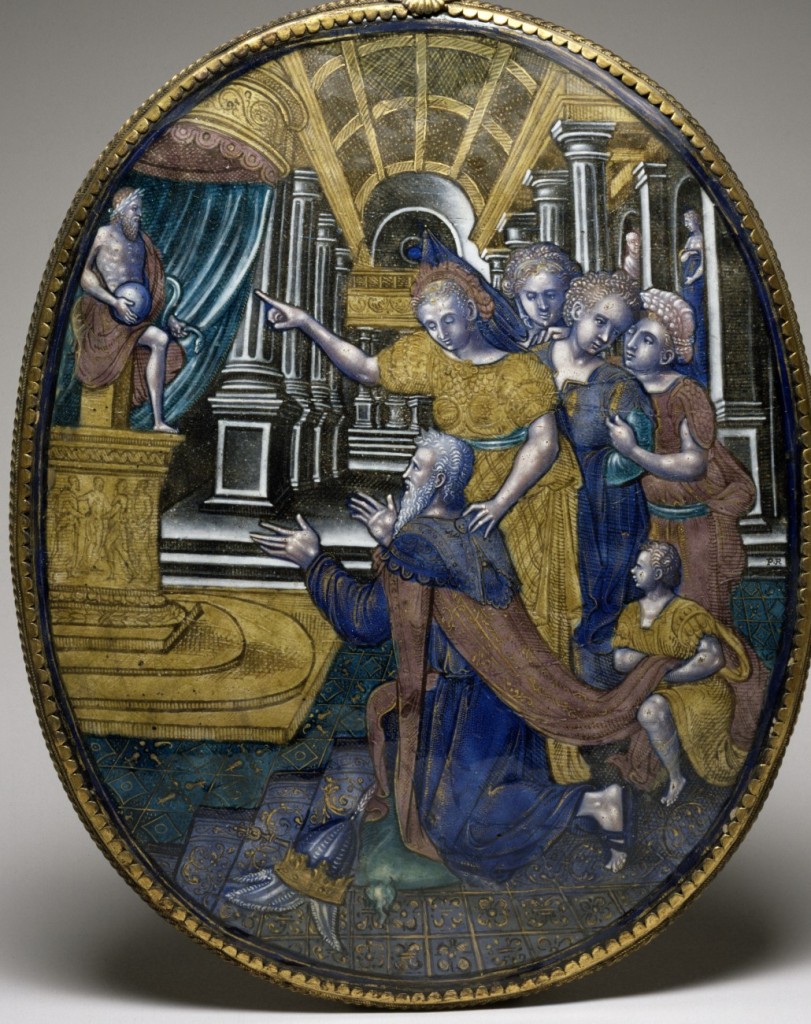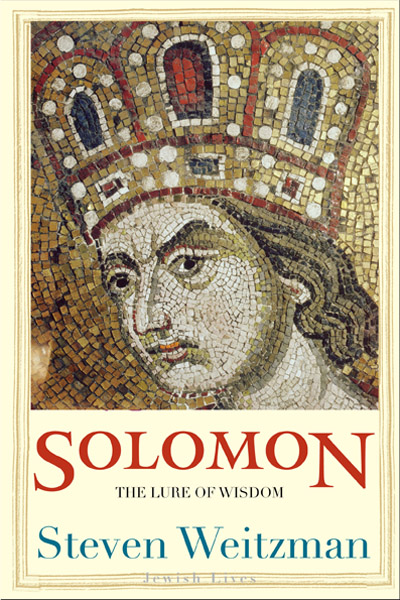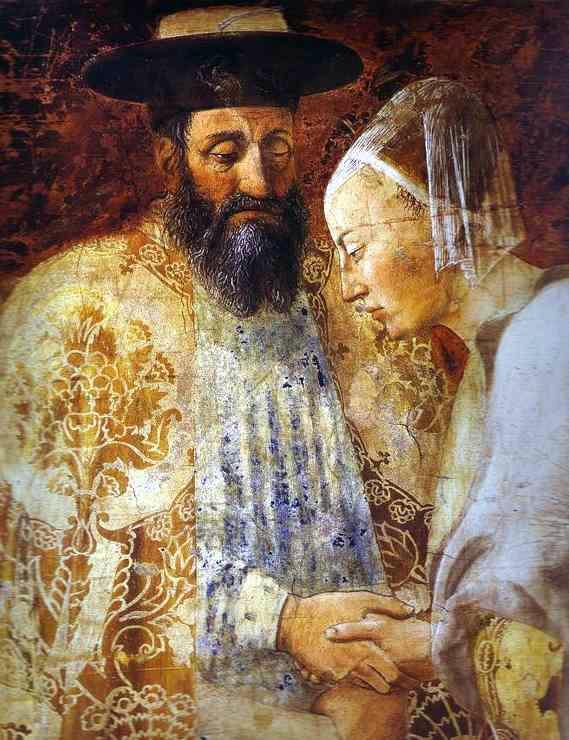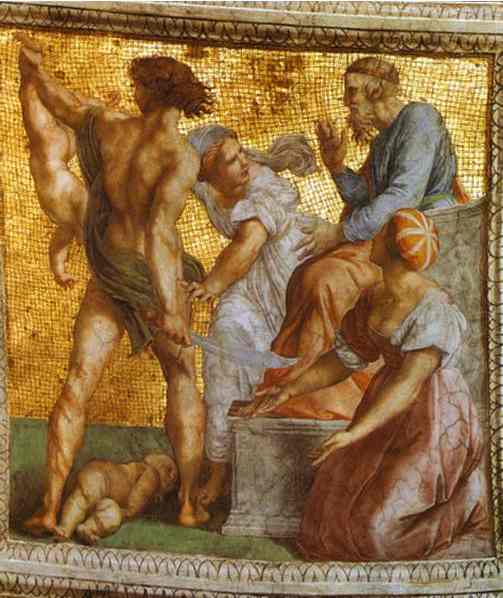
by Patrick Hunt
Solomon is one of the huge enigmas of biblical legend, larger than life yet still mostly mysterious, although a brilliant new book distills much of the lore.
This book by Steven Weitzman, Solomon: The Lure of Wisdom (Yale, 2011) carefully explores the conundrum of what we can and cannot know about Solomon, the king who was problematically “wiser than anyone else” (I Kings 4:31) but ended up seemingly existentially empty of anything but ennui, if other biblical texts like Ecclesiastes 1:2 (Qohelet in Hebrew) are applicable: “Meaningless, everything is meaningless”. The Hebrew word hebel translated here from the NIV as “meaningless” can also be rendered as “futile”, “empty”, “vapor” and the Latin word vanitas is well known in its subsequent philosophical implications from the Vulgate onward.[1] Weitzman captivatingly unfolds much of this king’s story anew in Solomon’s thirst for knowledge, revealing a large part of the Faustian paradox of Solomon. Anyone who loves the poet Bialik’s haunting telling of Solomonic stories will also love this page turner of a book.
Was Solomon the ultimate chakam, the wisest man in Hebrew culture, or was he merely the wizard who went to seed in spades and met a sad end, like Faust? Weitzman has a full chapter (chapter 5) on the blighted Faustian side of Solomon – but as Faust’s precursor, also pointing out that he appears to be the only biblical author who may have had putative books condemned as well as canonized. Solomon does seem in some early Kabbalah lore to be little more than a caricature of a wizard, sailing in a throne of light on an eagle, helping Hiram of Tyre briefly visit hell to gawk with the help of demons and like tricks. The 9th c. CE Arab historian al-Tabari also quotes from the mouth of Umar, citing verses where the winds swept for Solomon and djinn obeyed his commands.[2] Not to reduce darker Solomonic doppelgangers to pop figures, but there’s more than a bit of Faust in twisted Voldemort.
As a scholar’s scholar, Weitzman, however, never lowers the bar. Because names and their meanings were important in Solomon’s culture and Talmudic interpretations thereafter, and equally wordplay is a literary feature of Hebrew, Weitzman cleverly poses the multiple Hebrew euphonic and semantic wordplays (paronomasia in Greek) around Solomon’s name (shlomoh) as a “code to be cracked”: shalom for the relative “peace” and “wholeness” of his kingdom, in contrast to his father David; weshilem for having “completed” his father David’s dreams like building the Temple; shelamim for “well-being sacrifices” that occupy much of his early reign in temple dedications; yerushalaym for “Jerusalem”; mashal for “proverb”, and so on.

Some have tried to wishfully affirm (perhaps more eisegesis than exegesis) Solomon’s peerless wisdom – whether he is even the author of Ecclesiastes or if it’s a pseudepigraphic attempt to make this biblical text more credible – by asserting that Eccl. 1: 6 pre-scientifically anticipates the idea of the atmospheric Coriolis Effect and global wind patterns; and that Eccl. 1:7 prefigures the concept of hydrologic cycles in water transfer from precipitation to evaporation and back again. Although he respects rabbinic dialogue about Solomon, Weitzman is too much of a sage himself to be caught in the above hermeneutic trap, and he brings a host of more salient facts to this accessible book. He points out that if the putative scribing of more than 1,000 songs and 3,000 proverbs aren’t sufficient for Solomon’s reputation, the spread of stories about him all the way to Rome in a Pompeian wall painting (House of the Surgeon) [3] about his great judgment, proving which of the two prostitutes was actually the real mother of the living child (I Kings 3:16-28), should be fairly compelling literary affirmation. This droll biblical story has also been the popular sensational subject of many later artists, including Raphael, Sebastiano del Piombio, Poussin and Blake. [4]
Weitzman also mines tough questions, like Solomon’s problem of dynastic succession over his elder brothers, needing to appear just while actually Machiavellian; his international relations – conquest by marriage and the Queen of Sheba – and he deftly pursues Solomon’s insatiable “lust for knowledge”, his libido sciendi in chapter 2, like Faust (Freud’s Wissbegierde), contrasted with his endless sexual adventures with a thousand wives and concubines and his incredible wealth in gold. One of the tragedies of Solomon is that such a gifted king could turn to idolatry in his later reign, perhaps coerced by his many wives, as shown in the above exquisite Renaissance enamel plaque. Weitzman also provides illuminating commentary on Konrad Lorenz who wrote King Solomon’s Ring, an animal ethology takeoff (with Nazi exploitation) on hermetic Solomonic wisdom and a later Dr. Dolittle parallel about Solomon’s purported ability to understand animal speech – an old mistranslation or confusion of the Hebrew ‘el/‘al becoming “he spoke to animals…” rather than the better rendering, “he spoke concerning animals…” (I Kings 4:33b). [5] Weitzman makes it clear that this is partly why Solomon was transformed into a magician, especially in recondite erudition and marginal magic and why so many medieval texts tried to unlock forbidden knowledge by palindromic inversions of words with Solomonic associations or keys to magical grimoires. Even T.E. Lawrence, the quixotic “Lawrence of Arabia” alluded to Solomon’s literary persona in his Seven Pillars of Wisdom, referencing the text of Proverbs 9:1: : “Wisdom has built her house, she has carved out her seven pillars.” The above famous painting detail of Solomon and Sheba by Piero della Francesca – also a mathematician himself – mysteriously but thoughtfully poses Solomon in the guise of a silk brocaded rabbi, a Maimonides-like character or with similitude to a scholar akin to Gershom ben Judah, full of erudition. In Piero’s vision, however, such wisdom has not brought Solomon happiness or satisfaction but only weariness ( cf. Eccl. 12:12, “Of the making of many books there is no end, and much study wearies the body”). This duality of wisdom – a gift but also the burden of an endless search – is a consistent theme running through Weitzman’s book.

Although legendary Solomonic science is not overstated by Weitzman in his intriguing chapter 5 on Solomon’s quest to know forbidden things, Talmudic reservations about the dark side of his wisdom and and his influence on the later Faust, perhaps one of the most interesting observations I’ve ever gleaned about Solomon’s reputed wisdom can be found in that same passage of I Kings 4:33 that inspired the Dr. Dolittle tales and so-called magic ring of Solomon:
“He spoke about plant life, from the cedar of Lebanon to the hyssop that grows out of walls. He also spoke about animals and birds, reptiles and fish.”
The import is that even if this passage could date to a late estimate of the so-called Deuteronomic redaction of the text in the 7th-6th c. BCE instead of the earlier 10th c. historical context, such Solomonic natural history would nonetheless prefigure Aristotle’s natural history, History of Animals, circa 350 BCE, [6] by at least several centuries: Solomon (or someone who attributed the text to him) perceptively divided land animals living on the ground from birds of the air, along with creeping things living within the ground and fish living in water. [7] This fourfold division is very prescient as a pre-Aristotelian idea. Additionally for scale, the hyssop is one of the smallest herb shrubs in the Levant whereas the cedar of Lebanon is the largest tree in the Levant. In Ecclesiastes (Qohelet). 2:5-6 the author (as mentioned, usually thought of as Solomon, although unprovable) states:
“I made gardens and parks and planted all kinds of trees in them. I made reservoirs to water groves of flourishing trees.”
At least these texts are internally and externally consistent with the idea of great Solomonic wisdom, and, true or not, “all kinds of trees” would yield much observational botanical “fruit” in just such science that seems to antedate the 4th c. BCE Aristotle and Theophrastus (Historia Plantarum).
In his book Weitzman gracefully offers so much intelligent insight not just about literature but also about culture, history, economics, archaeology (especially the dearth of material evidence for Solomon), philosophy, and human nature in general. This immensely sane and endearingly clear book is more than just a great read on Solomonic lore, scholarly yet magnetic to a wide readership. It’s also a wonderfully perceptive gloss on some of the best treasures of Judaica and why we always revel in literature about human peripety, solemnly shaking our heads at such riches to rags stories, [8] hoping we’re not looking in a mirror when we might hear the wearily resigned biblical voice of Solomon saying, “Been there. Done that. I chased the wind, and never caught it…”

[1] There is ongoing debate about the connection between the NIV translation as “meaningless”, or “vapor, breath, futile, empty” and the name of Abel in Gen. 4. Although it may not be derived from the same word but instead a cognate of the Assyrian ablu for “son”, hebel is also the name of Abel, slain by his brother Cain. If related, however, to “empty, vapor, breath” perhaps after seeing how utterly disappointing her firstborn son Cain was, and acknowledging mortality and any dashed hopes of returning to Eden in her lifetime, Eve named her second son appropriately: life is ephemeral, its brevity summed up like a breath or vapor. See Dougas B. Miller. “Qohelet’s Symbolic Use of hbl.” Journal of Biblical Literature 117.3 (1998) 437-54. Also see F. Brown, S. R. Driver, C. A. Briggs. Hebrew and English Lexicon of the Old Testament, Oxford: Clarendon Press, 1952, 2nd ed., 210-11.
[2] Tariq al-rusul wa’l-muluk. The History of al-Tabari. G. Rex Smith, tr. Bibliotheca Persica. The Conquest of Iran, vol. XIV. Albany: State University of New York, 1994, 131
[3] Theodore Feder. “Solomon, Socrates and Aristotle.” Biblical Archaeology Review 34.5 (2008).
[4] Raphael (c. 1509), Sebastiano del Piombio (c. 1510), Poussin (1649) and Blake (1800).
[5] There is occasional ambiguity and overlap between these two prepositions, but the Hebrew text best reads “concerning” (‘al), not “to” (‘el) ; see F. Brown, S. R. Driver, C. A. Briggs. Hebrew and English Lexicon of the Old Testament, Oxford: Clarendon Press, 1952, 2nd ed., 39b-40ab and 754b. This is also reflective of a brief but delightful conversation I had with Gary Rendsburg.
[6] I Kings 4:33 distinguishes Aristotle’s History of Animals (Historia Animalium) has many astute divisions based on observation of such things as “modes of subsistence, in their actions, in their habits, and in their parts” and whether living on “water or land” and “walking or swimming” and “gregarious or solitary” or “carnivorous, gramnivorous, omnivorous”, among other distinctions (I.1).
[7] In I Kings 4:33a, the animal division is “land beast” (behemah), “bird” (‘oph), “creeping thing” (remesh) and fish (dagiym).
[8] Note Cynthia Haven’s extremely well-written and entertaining review of Solomon: The Lure of Wisdom in her article “King Solomon: Stanford scholar considers how the man who had everything ended with nothing” in Stanford Report, July 14, 2011 (http://news.stanford.edu/news/2011/july/king-solomon-book-061411.html).